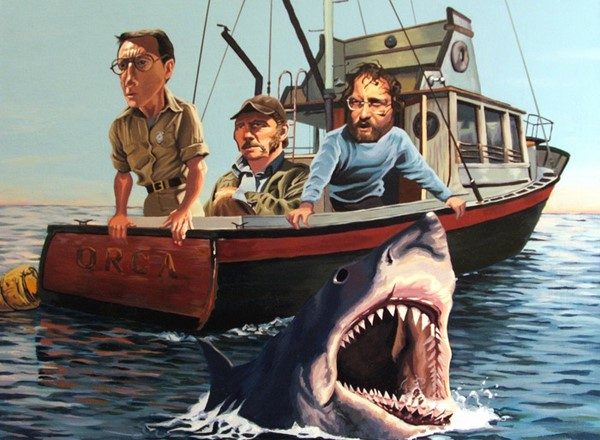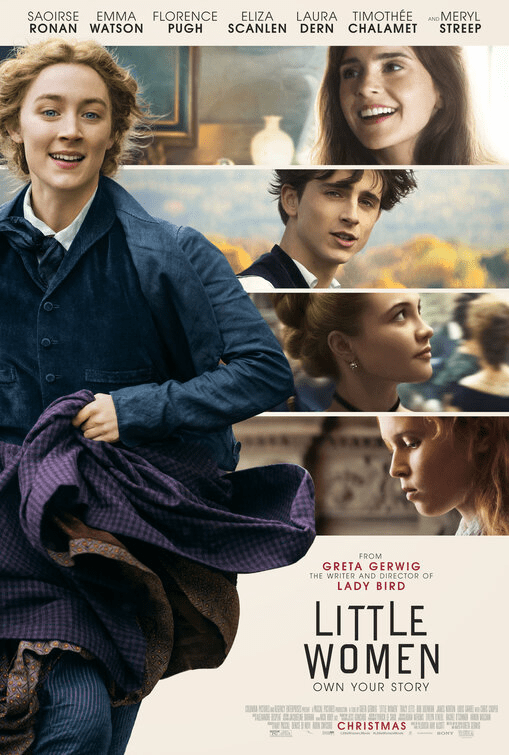Timothée Chalamet is an actor who has made a big splash in the last few years, appearing in art house films like “Call Me By Your Name” and blockbusters like “Dune” and “Wonka”. I can’t say he has always been an appealing character on screen because some of his roles have required him to be a bit of a heel, but I can say he plays the biggest jerk I have seen in several years in the new film “Marty Supreme”. He is not an uninteresting character, but no one should ever trust him and don’t expect to have a happy experience if you encounter him in your life.
I have not seen and of the previous films made by the Safdie Brothers, but I recognize their style from the trailers and the reviews that I have read. Josh Safdie is on his own here, but I have no doubt that what I am seeing is emblematic of their style. It is frenetic, fast paced, and a combination of dread and humor. Believe it or not, this is not a film about drug dealers, jewel thieves or for the most part, other underworld characters. This is a film about ping pong, set in the early 1950s, with a sense of style that many will embrace but some may hold at arms length.
Count me in the later category. I did not dislike the film, but it is not really something for me. The lead character makes endless mistakes that other pay for, and he is indifferent to the consequences for the most part, even when the consequences effect him. Most of the time however he is a narcissist of limited human emotions. You can admire his single minded pursuit of excellence in his chosen field, but you will probably be embarrassed by his behavior. Much like John McEnroe in 1980s tennis, his skills as an athlete are matched only by his arrogance.
The storytelling consists of personal disaster porn. Every choice Marty Mauser makes, professionally or personally, leads to some crisis that escalates out of hand and requires the next choice to try and address it. Of course, that choice then results in it’s own complications. The film is two and a half hours long, and I don’t think I could count the number of sudden shifts occur in the story. Bathtubs create havoc, gas stations explode, dogs get lost and found, and the people involved are rarely benevolent. Gwyneth Paltrow shows up as a former movie star who gets involved with Marty, and disaster strikes her as well. Marty’s friends lose cars, money, and get physically attacked because of his recklessness. Oh, and there are some great table tennis matches along the way.
Chalamet is excellent in the film, and if you care about awards season, I suspect he may take some of the prises home with him this year. Of course you would not want to share in his characters exploits, because you’d spend all your time trying to escape the consequences of his pig headed arrogance. The final scene tries to redeem the character, but I did not believe it for a minute. Lots of people will love the film, I am glad I saw it, but it is not my vibe.










